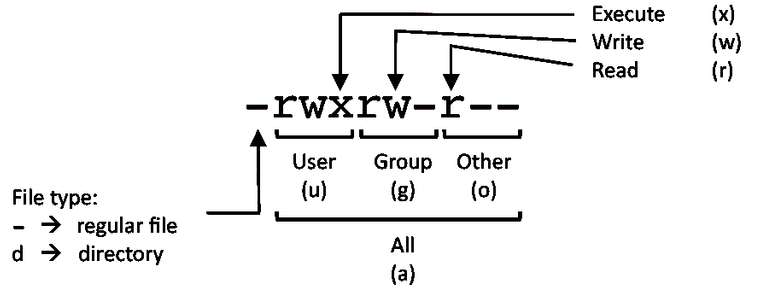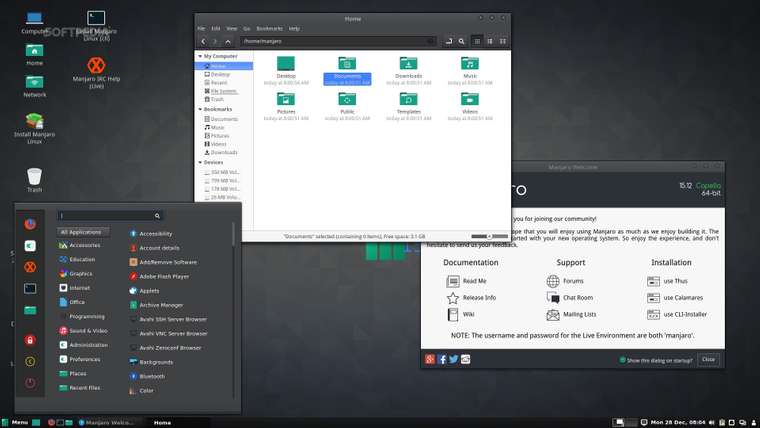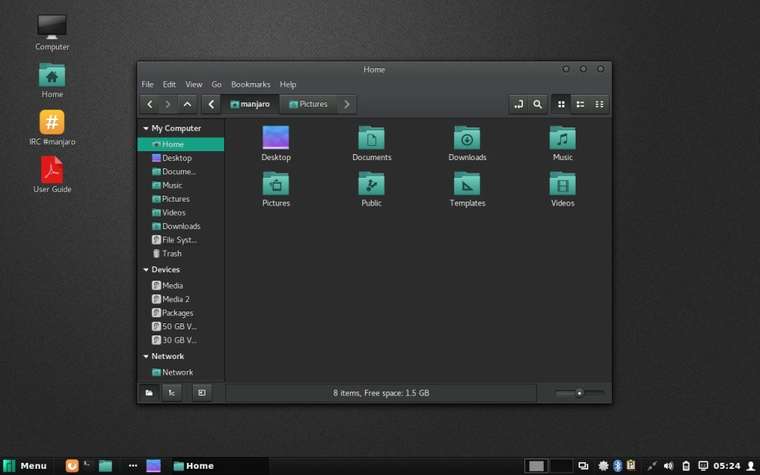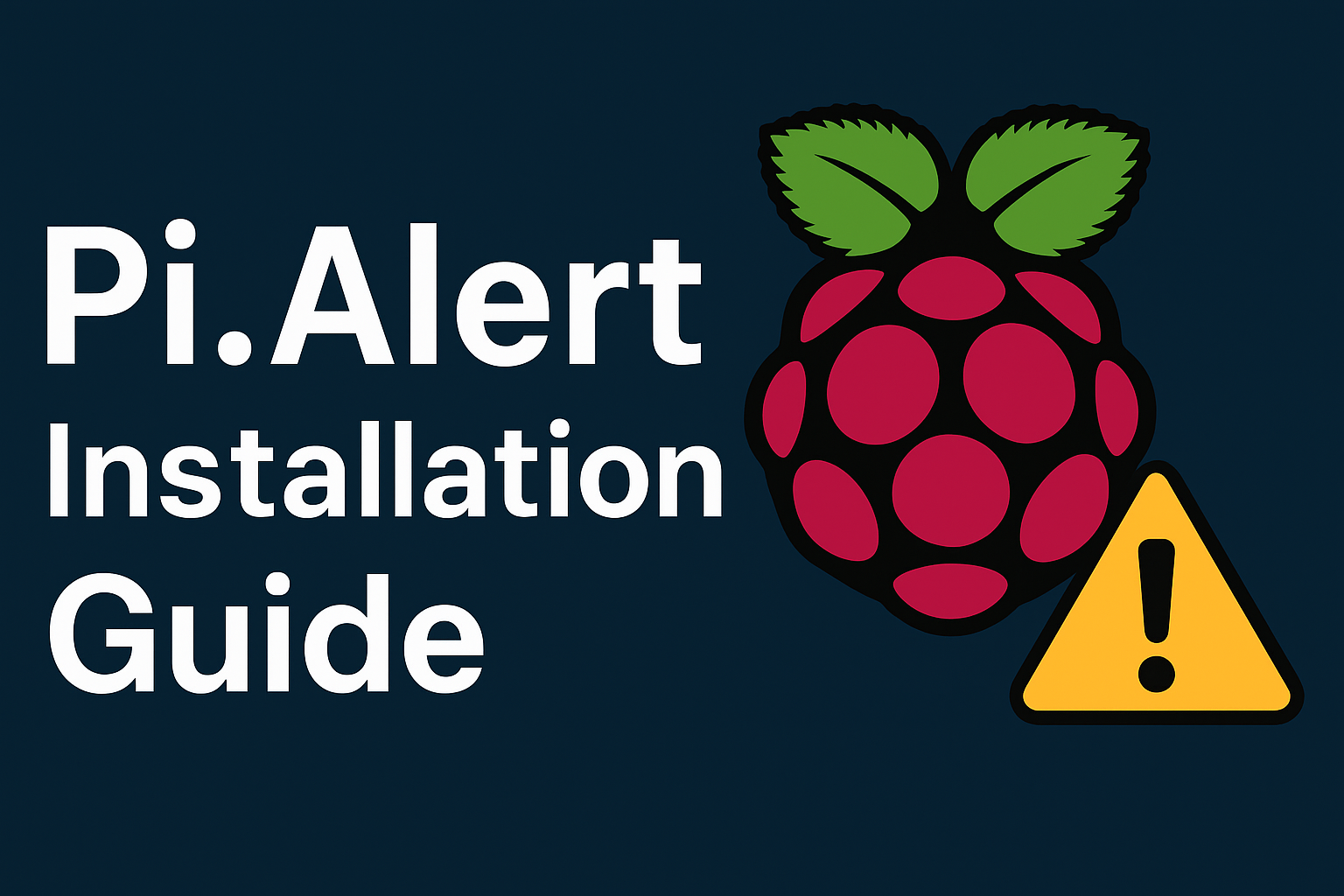1. HARDWARE INFORMATION
#Display messages in kernel ring buffer
dmesg
#Display CPU information.
cat /proc/cpuinfo
#Display memory information.
cat /proc/meminfo
#Display free and used memory ( -h for human readable, -m for MB, -g for GB.).
free -h
#Display PCI devices.
lspci -tv
#Display USB devices.
lsusb -tv
#Display DMI/SMBIOS (hardware info) from the BIOS.
dmidecode
#Show info about disk sda.
hdparm -i /dev/sda
#Perform a read speed test on disk sda.
hdparm -tT /dev/sda
#Test for unreadable blocks on disk sda.
badblocks -s /dev/sda
2. SYSTEM INFORMATION
#Display Linux system information.
uname -a
#Display kernel release information.
uname -r
#Show which version of redhat installed.
cat /etc/redhat-release
#Show how long the system has been running + load.
uptime
#Show system host name.
hostname
#Display the IP addresses of the host.
hostname -I
#Show system reboot history.
last reboot
#Show the current date and time.
date
#Show this month's calendar.
cal
#Display who is online.
w
#Who you are logged in as
whoami
3. USER INFORMATION AND MANAGEMENT
#Display the user and group ids of your current user.
id
#Display the last users who have logged onto the system.
last
#Show who is logged into the system.
who
#how who is logged in and what they are doing.
w
#Create a group named "test".
groupadd test
#Create an account named john, with a comment of "John Smith" and create the user's home directory.
useradd -c "John Smith" -m john
#Delete the john account.
userdel john
#Add the john account to the sales group.
usermod -aG sales john
4. FILE AND DIRECTORY COMMANDS
#List all files in a long listing (detailed) format.
ls -al
#Display the present working directory.
pwd
#Create a directory.
mkdir directory
#Remove (delete) file.
rm file
#Remove the directory and its contents recursively.
rm -r directory
#Force removal of file without prompting for confirmation.
rm -f file
#Forcefully remove directory recursively.
rm -rf directory
#Copy file1 to file2.
cp file1 file2
#Copy source_directory recursively to destination. If destination exists, copy source_directory into destination, otherwise create destination with the contents of source_directory.
cp -r source_directory destination
#Rename or move file1 to file2. If file2 is an existing directory, move file1 into directory file2.
mv file1 file2
#Create symbolic link to linkname.
ln -s /path/to/file linkname
#Create an empty file or update the access and modification times of file.
touch file
#View the contents of file.
cat file
#Browse through a text file.
less file
#Display the first 10 lines of file.
head file
#Display the last 10 lines of file.
tail file
#Display the last 10 lines of file and "follow" the file as it grows.
tail -f file
5. FILE PERMISSIONS

PERMISSION EXAMPLE
U G W
rwx rwx rwx chmod 777 filename
rwx rwx r-x chmod 775 filename
rwx r-x r-x chmod 755 filename
rw- rw- r-- chmod 664 filename
rw- r-- r-- chmod 644 filename
6. PROCESS MANAGEMENT
#Display your currently running processes.
ps
#Display all the currently running processes on the system.
ps -ef
#Display process information for processname.
ps -ef | grep processname
#Display and manage the top processes.
top
#Interactive process viewer (top alternative).
htop
#Kill process with process ID of pid.
kill pid
#Kill all processes named processname.
killall processname
#Start program in the background.
program &
#Display stopped or background jobs.
bg
#Brings the most recent background job to foreground.
fg
#Brings job n to the foreground.
fg n
7. PERFORMANCE MONITORING AND STATISTICS
#Display and manage the top processes.
top
#Interactive process viewer (top alternative).
htop
#Display processor related statistics.
mpstat 1
#Display virtual memory statistics.
vmstat 1
#Display I/O statistics.
iostat 1
#Display the last 100 syslog messages (Use /var/log/syslog for Debian based systems.).
tail 100 /var/log/messages
#Capture and display all packets on interface eth0.
tcpdump -i eth0
#Monitor all traffic on port 80 ( HTTP ).
tcpdump -i eth0 'port 80'
#List all open files on the system.
lsof
#List files opened by user.
lsof -u user
#Display free and used memory ( -h for human readable, -m for MB, -g for GB.).
free -h
#Execute "df -h", showing periodic updates.
watch df -h
8. NETWORKING
#Display all network interfaces and ip address.
ifconfig -a
#Display eth0 address and details.
ifconfig eth0
#Query or control network driver and hardware settings.
ethtool eth0
#Send ICMP echo request to host.
ping host
#Display whois information for domain.
whois domain
#Display DNS information for domain.
dig domain
#Reverse lookup of IP_ADDRESS.
dig -x IP_ADDRESS
#Display DNS ip address for domain.
host domain
#Display the network address of the host name.
hostname -i
#Display all local ip addresses.
hostname -I
#Download http://domain.com/file.
wget http://domain.com/file
#Display listening tcp and udp ports and corresponding programs.
netstat -nutlp
9. ARCHIVES (TAR FILES)
#Create tar named archive.tar containing directory.
tar cf archive.tar directory
#Extract the contents from archive.tar.
tar xf archive.tar
#Create a gzip compressed tar file name archive.tar.gz.
tar czf archive.tar.gz directory
#Extract a gzip compressed tar file.
tar xzf archive.tar.gz
#Create a tar file with bzip2 compression.
tar cjf archive.tar.bz2 directory
#Extract a bzip2 compressed tar file.
tar xjf archive.tar.bz2
10. SEARCH
#Search for pattern in file.
grep pattern file
#Search recursively for pattern in directory.
grep -r pattern directory
#Find files and directories by name.
locate name
#Find files in /home/john that start with "prefix".
find /home/john -name 'prefix*'
#Find files larger than 100MB in /home.
find /home -size +100M
11. SSH LOGINS
#Connect to host as your local username.
ssh host
#Connect to host as user.
ssh user@host
#Connect to host using port.
ssh -p port user@host
12. FILE TRANSFERS
#Secure copy file.txt to the /tmp folder on server.
scp file.txt server:/tmp
#Copy *.html files from server to the local /tmp folder.
scp server:/var/www/*.html /tmp
#Copy all files and directories recursively from server to the current system's /tmp folder.
scp -r server:/var/www /tmp
#Synchronize /home to /backups/home.
rsync -a /home /backups/
#Synchronize files/directories between the local and remote system with compression enabled.
rsync -avz /home server:/backups/
13. DISK USAGE
#Show free and used space on mounted filesystems.
df -h
#Show free and used inodes on mounted filesystems.
df -i
#Display disks partitions sizes and types.
fdisk -l
#Display disk usage for all files and directories in human readable format.
du -ah
#Display total disk usage off the current directory.
du -sh
14. DIRECTORY NAVIGATION
#To go up one level of the directory tree. (Change into the parent directory.).
cd ..
#Go to the $HOME directory.
cd
#Change to the /etc directory.
cd /etc





